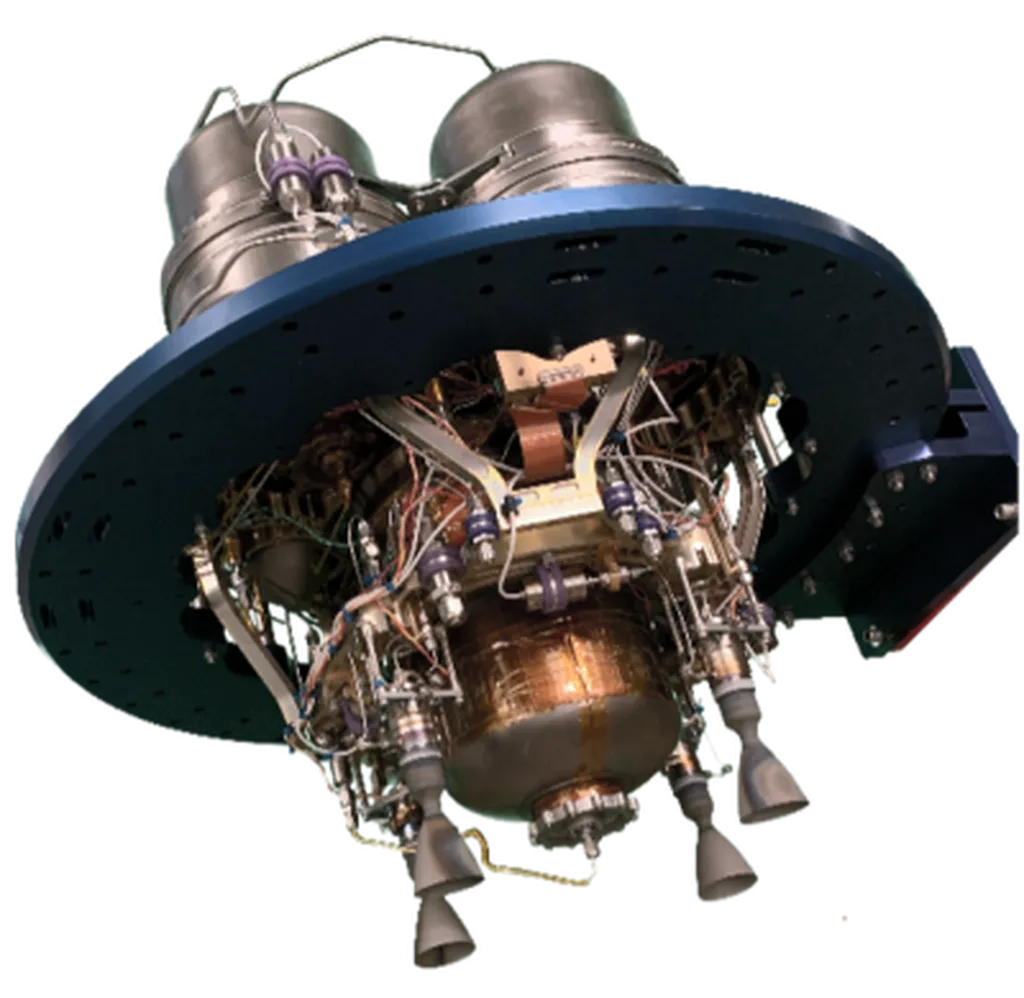The U.S. Department of Energy’s (DOE) recent pilot program, challenging developers to bring at least three advanced nuclear test reactors to criticality by July 4, 2026, is a bold move that could reshape the nuclear energy landscape. By sidestepping traditional Nuclear Regulatory Commission (NRC) licensing and utilizing DOE’s internal review process, the initiative aims to accelerate the deployment of novel reactor designs. However, the aggressive timeline—just 13 months away—raises questions about feasibility and safety.
Rooted in a Trump-era executive order, the pilot program leverages DOE’s authority under the Atomic Energy Act. To qualify, reactors must demonstrate mature designs, qualified fuel and waste plans, full execution readiness, and sufficient financial and supply chain resources. Submissions for initial projects are due by July 21, 2025. The DOE emphasizes that only “qualified test reactors” capable of achieving criticality safely by the target date will be considered. These reactors must offer substantial improvements over those operating as of December 27, 2020, including enhanced safety, lower waste, improved fuel performance, greater efficiency, modularity, and flexibility for both electric and non-electric applications.
According to the Nuclear Innovation Alliance’s latest update (June 2025), a handful of projects could meet the 2026 timeframe. However, even the most mature projects in the U.S. are tracking toward operations later in the decade. The alliance notes that reactor developers are already engaging with customers, local and state governments, and the NRC to secure necessary regulatory approvals. These first-mover projects are expected to provide the licensing, construction, and operational experience that will enable rapid commercial deployment of advanced nuclear energy in the 2030s.
The DOE’s Advanced Reactor Demonstration Program (ARDP) has seen notable progress from X-energy and TerraPower. X-energy is constructing four Xe-100 high-temperature gas-cooled reactors at Dow Chemical’s Seadrift site in Texas, aiming for commercial operation in the early 2030s. TerraPower’s Natrium reactor, paired with a molten salt energy storage system, is progressing at the former Naughton coal plant site in Kemmerer, Wyoming. Despite delays due to HALEU fuel supply issues, TerraPower has pushed its operational target to 2030, with early construction already underway.
In the realm of small modular light-water reactors (SMRs), GE-Hitachi has made significant strides with its BWRX-300 design. Ontario’s regulator approved construction at the Darlington site, and the first unit could commence operations by the end of 2029. The Tennessee Valley Authority (TVA) has also submitted its construction permit application for the Clinch River site in Tennessee, with deployment anticipated in the latter half of the decade. Holtec International is advancing plans to deploy its SMR-300 reactor at the Palisades Nuclear Power Plant in Michigan, aiming for commercial operation by the early 2030s.
The DOE’s aggressive timeframe is more likely to be met by the burgeoning nuclear microreactor sector. Oklo and Aalo Atomics have announced plans to construct and operate commercial demonstration microreactors at INL in Idaho. Oklo’s Aurora microreactor is on track for operation in 2027, while Aalo Atomics’s Aalo-X reactor is set to begin construction in 2026 and go critical in 2027 under a DOE authorization pathway. The BWXT-designed Project Pele, a transportable microreactor for the U.S. Department of Defense, is also on track for reactor fuel loading and demonstration at INL in 2026. Kairos Power has started construction of its Hermes Low-Power Demonstration Reactor near Oak Ridge, Tennessee, with completion anticipated in 2027.
This pilot program could serve as a proving ground for novel reactor designs, but it also raises critical questions about the feasibility of the aggressive timeline and the potential risks associated with bypassing traditional regulatory processes. As the nuclear industry watches closely, the outcomes of this initiative could significantly influence the future trajectory of advanced nuclear energy development in the U.S. and beyond.

